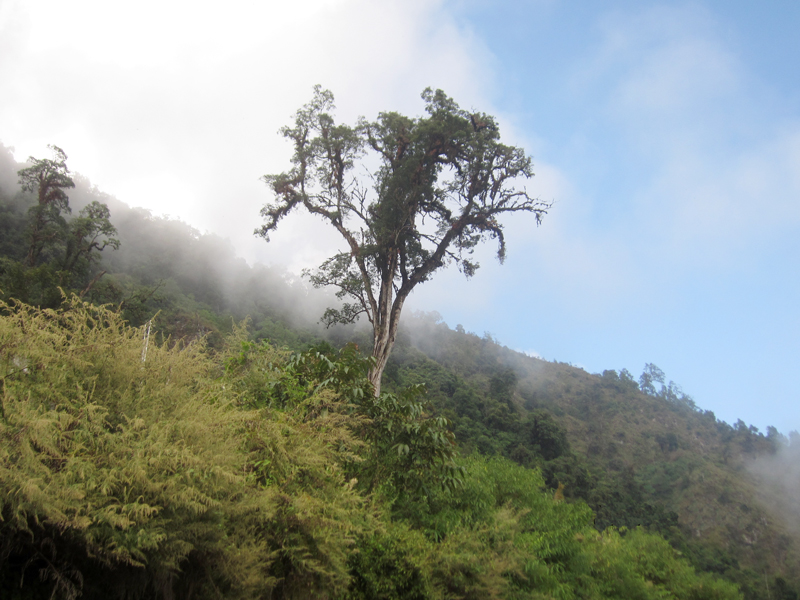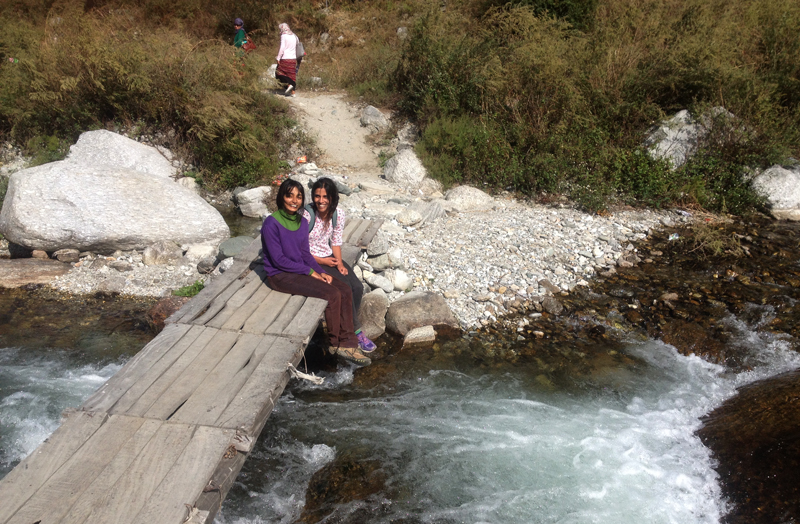
How do we choose to remember, commemorate, organize and re-organize spaces, places and people in history?
Memory projects are a vast help. Memory projects are first-hand accounts of what is realized, recognized and experienced by people and they reveal missing links to a country’s emotional and personal history. They have been used to record and reveal the emotions rampant during important historical periods, and have recreated incredibly crucial and historically valuable information through personal narratives and accounts. The better-known memory projects include those detailing the German holocaust and partition of India.
But forests have remained seemingly inert despite the rushes of memories associated with them. While discourse about forests has been centered on displacement and livelihoods, there are multiple other nuanced meanings that forests impart to peoples’ lives. In Kumaon, new brides are often judged according to their ability to collect firewood from the forest. The remembered and ingrained knowledge of nature has saved lives. For instance, the odd behaviour of land and marine mammals was a cue for coastal Andaman tribes to take shelter in the higher areas in order to avoid the tsunami of 2004.
Despite these connotations that nature holds for Indians, there has been no exploration of a memory-based recollection of India’s forests. We have a rich understanding of the space but not their evolving milieus over time. Our perceptions of spatial contexts are often related to the different kinds of habitats we see in protected areas, the floral and faunal elements that are packed in, and how humans and other species modify these spaces. The lack of the time component fails to give a perspective of how people relate to their forests, the human dimensions of this history and the changing backgrounds they are set in.
We felt that there was no better place to do this study than Eaglenest Wildlife Sanctuary and the forests nearby. The work done so far gives an understanding of space and real-estate value in terms of biodiversity. With Eaglenest as the center-piece, this is a site which is known to have the second highest bird diversity after the Andes mountain range. This is a place where space and time can be married.
Specifically in this website and book we set out to document how Eaglenest Wildlife Sanctuary and its nearby forests are remembered. This memory project aims to recreate the missing links of the history of Eaglenest Wildlife Sanctuary through important events that took place during its recent past.
No story has been big or small for us. But in trying to synthesize what we have found so far, we can classify recollections into five main themes. The first is the Indo-China war in 1962 where many people fled to Assam through Eaglenest. The second revolves around the logging operations that occurred in the area till the Supreme Court banned them in 1996. The third includes the visits of the Dalai Lama to the area and the influence of Buddhism in the way people relate to wildlife. Fourth, the annual winter migrations of the Shertukpens (from Rupa-Thungri), that happened through these forests. And finally what people perceived to have changed – as they have experienced it. This has been put together in the form of a small 80 page book and we hope that it gets more people involved in keeping the memories of Eaglenest and its forests alive.
About the team

We (Nandini Velho and Anjora Noronha) have been working in and around Eaglenest Wildlife Sanctuary for some years now: it has been a site for a doctoral dissertation; in parallel we have worked with residents and children from the nearby schools on nature-based education programs; and also a place where we have tried to depict its rich biodiversity in a visually appealing manner through art-workshops and a nature interpretation centre.
This project would not have been possible without the kind support of the Small Grants Project 2015, Inlaks Ravi Sankaran Fellowship Program.
